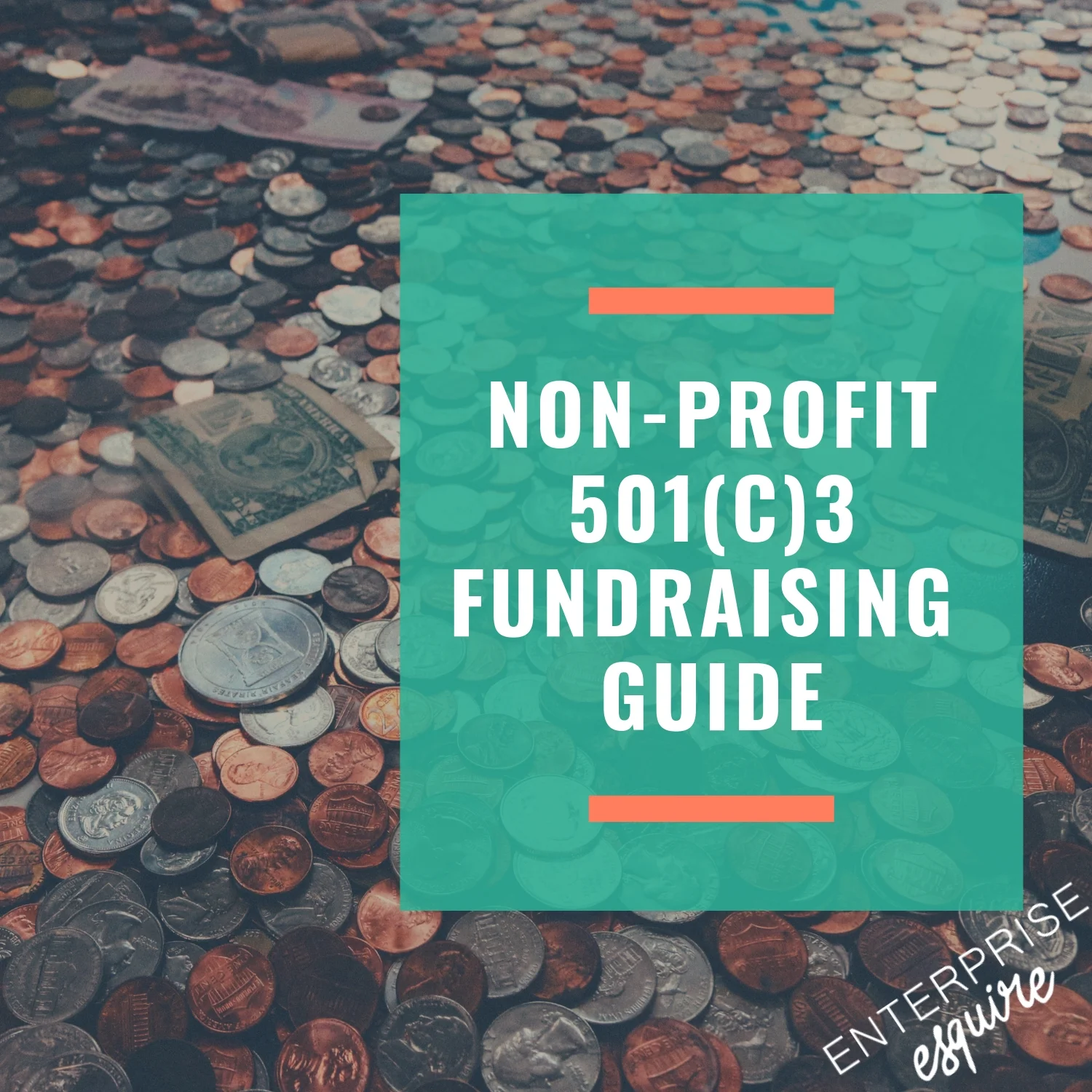What is the Difference between a Private Foundation and a Public Charity?
In the nonprofit world, terminology can often get a little muddy. Even those of us who have been working with nonprofits for years can be guilty of using the terms “nonprofit,” “charity,” and “foundation” pretty much interchangeably. But, is there a difference between these terms? Does it matter?
The IRS classifies nonprofit organizations (those that qualify for 501(c)(3) tax-exempt status) as either “public charities” or “private foundations.” Although there are a number of detailed rules that distinguish between these two types of nonprofits, the major difference comes down to how involved the public is in the funding of these organizations. As we attempt to clarify some of the mystery around nonprofit lingo, let’s start with a complete break down of these two main types of nonprofits.
What is a Private Foundation?
A private foundation is a tax-exempt, nonprofit organization that is funded by one (or a few) major source. These large donors may be individuals, families, or corporations, and the initial donation is often invested to generate income. This investment income is then dispersed according to the foundation’s charitable mission. Because the foundation is funded privately, there is no need for the nonprofit to solicit donations from the general public. Instead, foundations use their funds to make grants for other nonprofit organizations.
Examples of private foundations include the Bill and Melinda Gates Foundation (family-funded) and the Coca-Cola Foundation (corporate-funded).
Because private foundations are inherently less open to public influence (there is no need to please the public in order to garner more donations), they are subject to stricter operating restrictions from the IRS. For example, private foundations must file paperwork to show that all funds were properly distributed; there is a minimum asset distribution requirement each year (usually around 5%); they cannot do business with their major competitors; and they are subject to taxes and penalties for conflict of interest issues, making unwise investments, and failing to appropriately distribute charitable funds.
Under the private foundation umbrella, there are two types of organizations: private nonoperating foundations and private operating foundations. Basically, these difference comes down to how these two types of private foundations distribute income. A private nonoperating foundation grants money to other charitable organizations and does not run any direct charitable programs or services itself. This is the most common type of private foundation. Private operating foundations, on the other hand, distribute funds to their own charitable programs.
The Flip-Side: What is a Public Charity?
By contrast to a private foundation, a public charity gets its funding and support from public sources, including individuals, government grants, and private foundations. While some public charities give grants (in a similar way to private nonoperating foundations), the majority offer direct services and other tax-exempt activities. Because public charities spend more time interacting with the public (both through fundraising and their charitable activities), they are subject to less IRS oversight.
Examples of public charities include churches, community health clinics, and homeless shelters.
An Unexpected Default
Under IRS rules, nonprofits are automatically considered private foundations unless they can prove that they qualify as public charities. To do so, organizations need to pass the “public support test.” The public support test is an assessment that determines whether an organization is receiving at least one-third of its support from public sources, such as membership fees, individual donations, and receipts from its exempt activities.
To conduct this test, the IRS looks at an organization’s funding sources for the first five years of its existence using its tax returns. An organization that meets the public support test in a given tax year is treated as a public charity for that year and the following one. Even if, in that second year, the organization does not meet the public support test, the IRS will continue to consider it a public charity for years one and two. If however, in the third year, the organization again does not meet the public support test (meaning, it does not meet the test for two years’ running), the IRS will revert the organization to private foundation status, and it will become subject to the regulations for private foundations. This is an important point to remember for new organizations that begin applying for big grants. Large grants can actually end up changing an organization’s status if too much support is coming from one source.
Don’t Mess with the IRS
Most people have what I call a healthy fear of the IRS, and for good reason. Tax matters are nothing to mess around about, and the same is true whether you are talking about your personal finances, your business, or any nonprofits you may work to serve. That’s why it’s so important that nonprofit leaders educate themselves about the intricacies of nonprofit legal matters...or at least hire an advisor to help navigate these waters. Click here to set up a free, 15-minute consultation with Enterprise Esquire. With over 15 years of nonprofit and legal experience, we are ready to help you make smart, informed decisions for your nonprofit organization.







